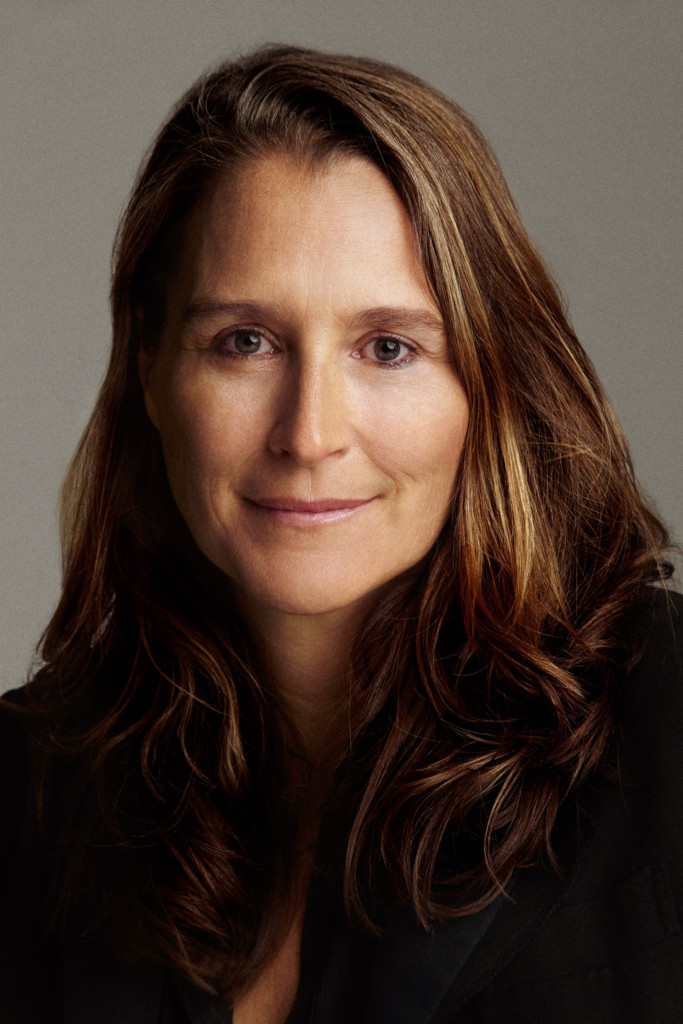When Agnes ‘Aggie’ Gund sold the beloved Masterpiece pop-art painting (1962) created by Roy Lichtenstein that had been displayed for more than 40 years in her living room, she was sad for a moment. Sold for an astounding $165 million price to a hedge fund executive, she sensed that this painting which had given so much joy to her and the numerous visitors in her home perhaps would never been seen again in public.
She always had been close to Lichtenstein and she remains friends with his widow Dorothy. However, Gund, an octogenarian whose remarkable life encompasses championing works of many of the greatest contemporary artists, also started a new chapter in her rich, unique life. She invested $100 million in proceeds from the sale to launch the Art for Justice Fund in 2017, providing a dynamic intersection for artists and advocates for reforming the criminal justice system and ending mass incarceration.

Gund’s daughter, Catherine, documents her mother’s life in Aggie, a documentary which has premiered at Sundance. Many scenes in the film show artworks that have been central to Gund’s life as a collector and advocate of the arts, including her tenure as president of the Museum of Modern Art (MOMA). The director also invites many individuals, including the grandchildren to interview Gund, about topics or recollections as they please.
There are many interesting points in the film about Gund’s openness to diversely inspired paths to artistic creation. The director creates a loving tribute to her mother that is sincere, honest and appropriately understated. However, at a time when many states and cities in the country are bucking the federal trend by electing reform-minded district attorneys and adopting measures that intersect with the Art for Justice Fund’s mission, the film could be stronger and clearer about its potential impact. One of the Fund’s objectives, for example, is, “Safely reducing the prison populations in priority states by 20% by 2022.”
In various published interviews especially after the sale of the Lichtenstein artwork, Gund has criticized discriminatory practices in the criminal justice system in bail and plea bargaining and their impact on minorities, along with the conditions of the Rikers Island prison. She also has supported “ban the box” initiatives, which would eliminate the need for job applicants to indicate if they have a criminal record. She also expressed her concerns about politicians pushing for the privatization of prisons because they foster cruel, oppressive treatment of individuals. Indeed, Gund is attuned to quite a comprehensive range of reform initiatives, as they have been covered by journalists and by major online sources such as Daniel Nichanian’s The Appeal.

Viewers glimpse Gund’s social passion at some moments but there could have been more. We learn about her early life in Cleveland, where she met Henrietta Gibbons, an African-American cook hired by the family after her mother was seriously ill. Gund recalls how excited she was when Harry Truman, who was expected to lose the 1948 presidential election to Thomas Dewey, won. At the time, Cleveland was a segregated city and Gund’s neighborhood in Shaker Heights, a suburban community, was an all-white community. Today, the community is more than one-third black and the white population is now just barely 55%.
Growing up in a privileged environment, Gund assumed that when it came to crime, everyone was treated the same. Not until she had grandchildren would Gund personally know black people, including two children from Mississippi her youngest daughter adopted. With the new generation of family members, Gund saw the realities through a different set of lenses. This included reading Michelle Alexander’s The New Jim Crow and Bryan Stevenson’s Just Mercy along with watching Ava DuVernay’s documentary 13th
Among the artists featured in the film is Xaviera Simmons, who has worked with students in many New York City high schools and has been involved with the Women’s Prison Association on developing arts activities. Simmons, who received a grant from the organization Gund established, is exploring slavery, Jim Crow-era laws, the Civil Rights Movement, and housing discrimination through art as well as digital content including audio and videos from individuals who were incarcerated as well as reformists who have been elected as district attorneys and city prosecutors.

Gund is humble about acknowledging the scope of her life’s contributions and her commitments to promoting new artists for many decades. She emancipated herself decades ago from the comfortable yet limiting environment of her early life, continuously expanding her worldview not only in the aesthetic nature of creative expression but also some of society’s greatest and most urgent problems, especially in the intersection of civil rights and criminal justice reform.
A greater sense of that urgency could have been communicated in the film. Her action inspired others to make similar donations. As Gund said in an interview published less than two years ago when asked what might be next, she said, “Well, to begin with, I hope I don’t have to sell another painting that I like so much. We don’t have much more of those that we can sell.”
To highlight Gund’s work, Susan Swartz Studios is collaborating with Modern West Gallery in Salt Lake City, which will preview additional works from Gund’s collection from Jan. 17 to March 7. After Sundance works from the Art and Social Justice Park City exhibition will join the show in SLC, open through March 7.
